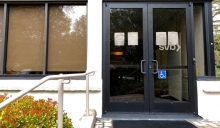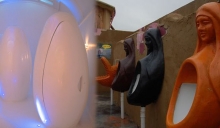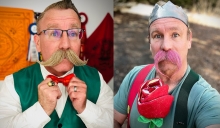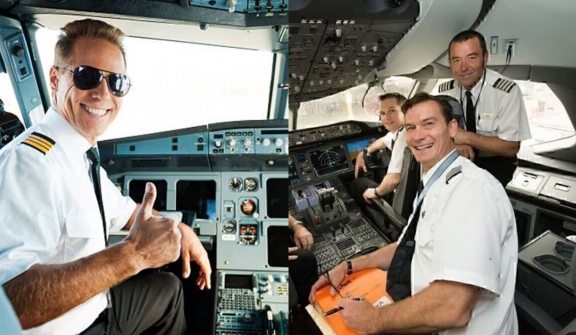
There are strict standards set for pilots, including height, weight, skills, and various health indicators to exclude certain diseases or disorders.
Due to the unique working environment and conditions, pilots are also often required to meet other unusual standards, such as not having beards.
If you pay attention, you will notice that the faces of male pilots are usually clean-shaven, without thick beards like those of film actors who like to display masculinity.
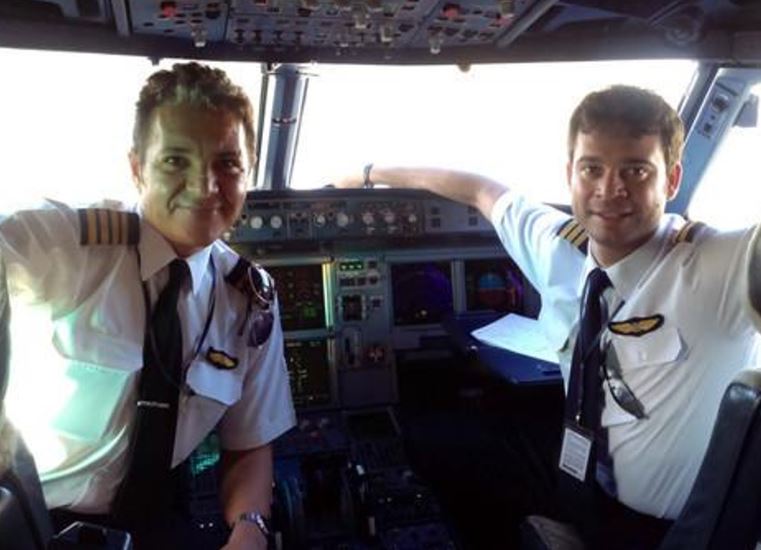
It is a discipline of the profession because major airlines typically strictly prohibit pilots from having beards.
This prohibition is not to maintain a gentlemanly image for the pilots who transport passengers but rather for safety purposes.
When an aircraft experiences an emergency or other critical situation, pilots need to be alert, healthy, and in the best condition to control the aircraft, respond promptly and accurately, and effectively deal with adverse and unexpected situations to save hundreds of lives on board.
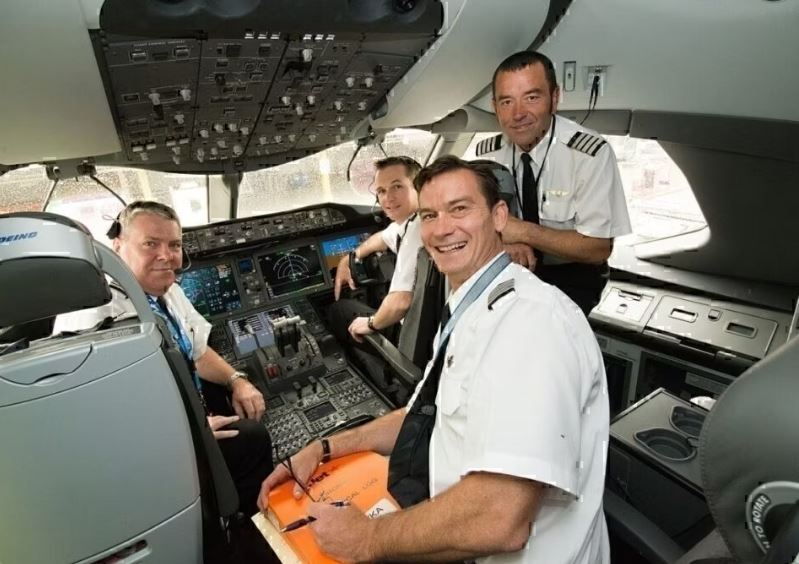
When pilots need to use an oxygen mask, a beard can prevent the mask from fitting tightly against the face, thereby increasing the safety risk.
In addition to shaving beards, to ensure the maximum effectiveness of oxygen masks, pilots are also not allowed to wear anything on their faces that could hinder them from properly wearing the mask and pose a danger to themselves and their passengers.
This is because they have to work at altitudes of tens of thousands of meters, where the air is very thin, and the low air pressure causes the human body to expand.
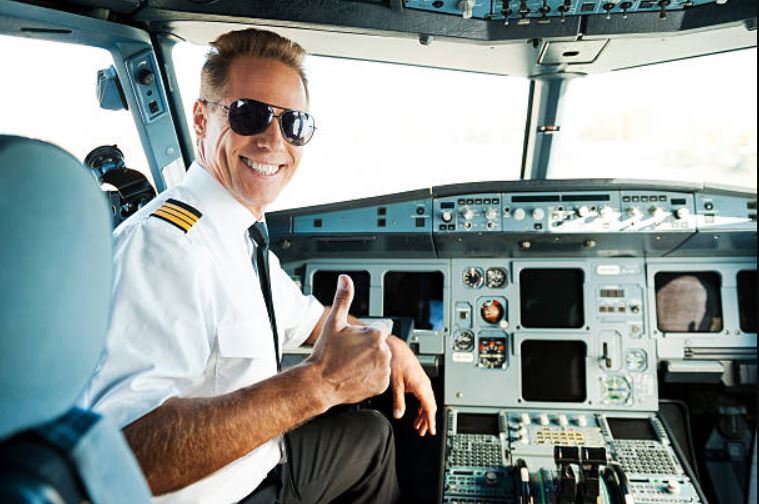
At this time, scars, including old scars, become weak points on the skin and are at risk of breaking, tearing, and bleeding. The larger the scar, the higher the risk.
Normally, the air pressure in the cabin and the aircraft's compartment is maintained at a level equivalent to an altitude of 2,000 meters, which is very safe for scars.
However, when an aircraft experiences a problem with the compressed air system at an altitude of 10,000 meters or higher, the outside air pressure in the aircraft compartment becomes very low, and scars can crack and bleed. This does not pose a threat to life but can distract the pilot, reduce accuracy in handling situations, and affect flight safety.
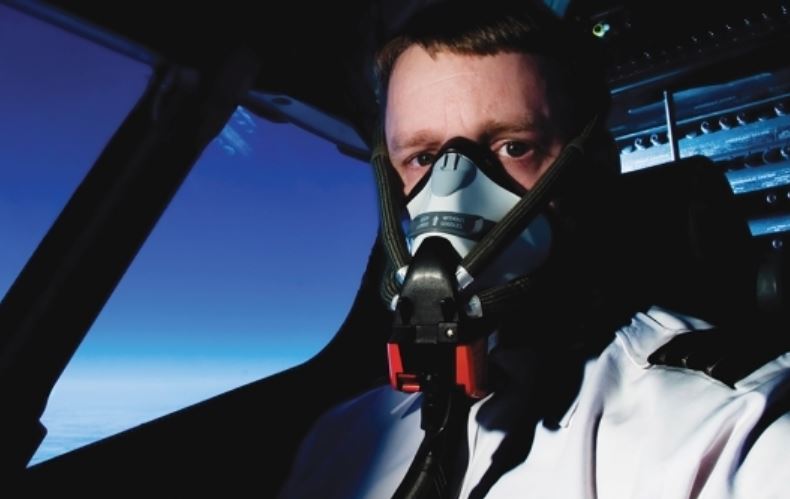
In reality, very small and shallow scars can still be accepted. Airlines often have clear criteria regarding the size and depth of scars when selecting pilots. These criteria are even stricter for military pilots.
In addition to the issue of why pilots are not allowed to have beards or scars, many people also wonder about the standards for recruiting pilot trainees.
Pilots must not have any abnormalities in the cardiovascular and respiratory systems, the structure or function of the stomach, intestines, urinary and reproductive systems, the function of the ears, nose, sinuses, and throat (including the oral cavity, teeth, larynx), as these can affect their flying performance and flight safety.
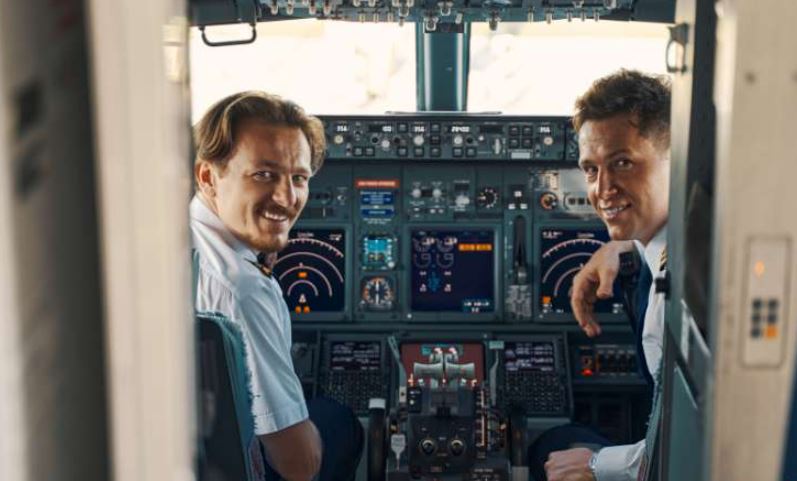
They must be able to hear normal speech from a distance of 5 meters and whisper from a distance of 0.5 meters, and they must ensure oral health.
They will also not be allowed to fly if they have any infectious diseases that could affect flight safety, sexually transmitted diseases, infectious hepatitis with impaired liver function, parasitic diseases, etc.
Women cannot become pilots if they have untreated menstrual disorders, acute and chronic diseases or relapses of the uterus, fallopian tubes, or ovaries.
